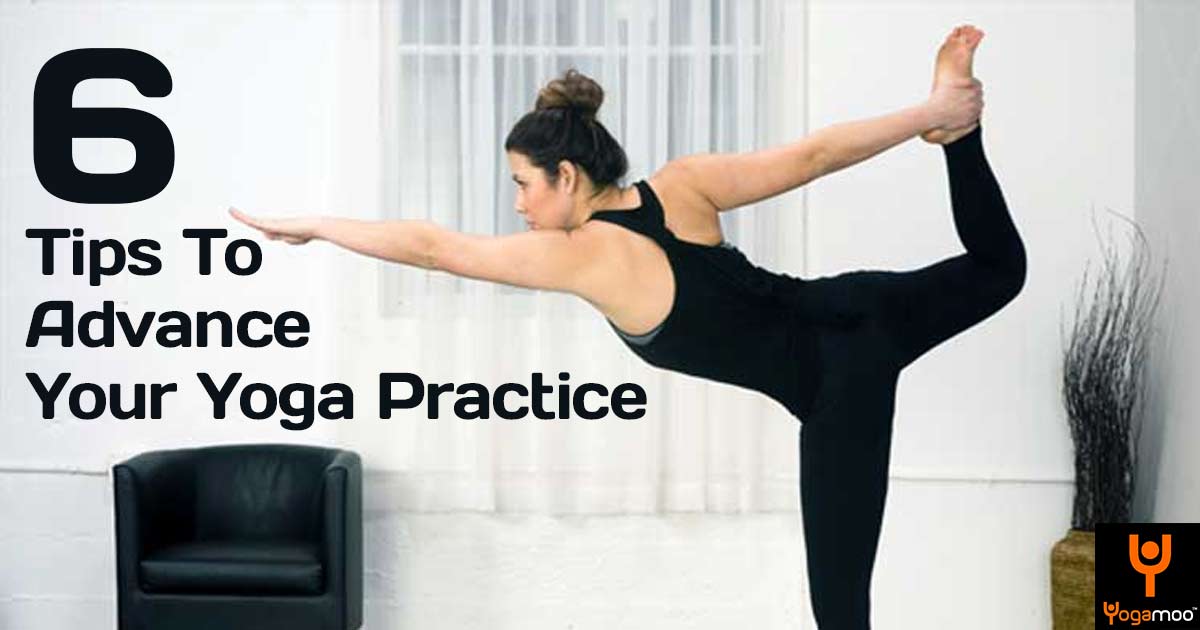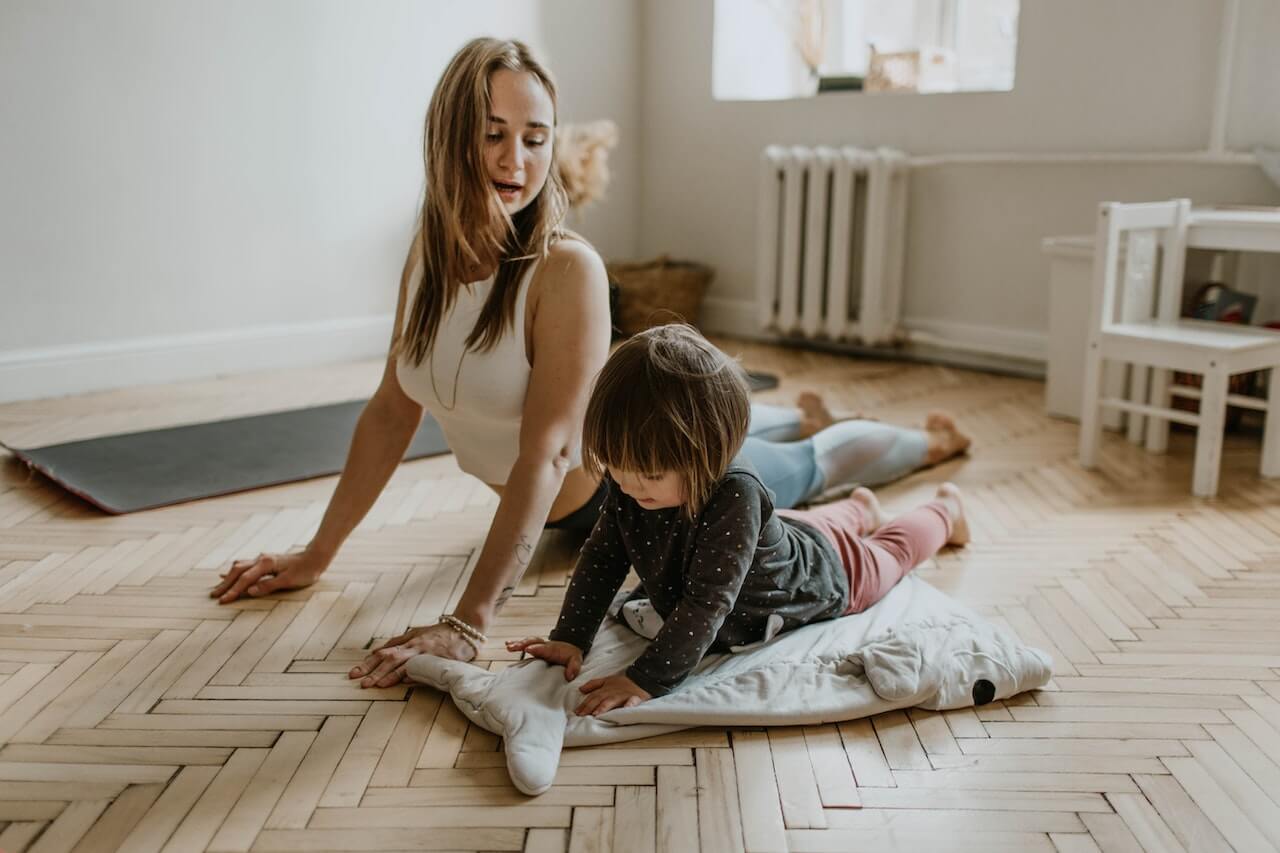Advancing an asana doesn’t always have to mean binds and balances. Forget going upside down and think about going inside! Here are my 5 tips for advancing your yoga practice.
1. Work on foundations
I like to cue my students to build the asana from the ground up, so get back to foundations. Whatever asana you are practicing or transitioning through focus on where you are connecting with the earth. Set a firm foundation of alignment, strength and body awareness and watch the asana grow from that place.
2. Set an intention
The practice of asana opens us up to possibility, both mentally and physically. You may find yourself in a pose that you once thought impossible or being in a meditative state after a stressful day. When you step onto the mat, promoted my the teacher or not, begin to set intentions. Ask yourself, why am I here? What do I need from this practice? What am I in need of in my life right now? What energy can I invite into my body through this practice that will take me further to my ideal state? Your answer might be the same for a while or it might change from class to class. If you are unsure where to start try out one of these intentions for your next practice;
- I am here to release the stress of _________
- I will move with full awareness of my present injury or sensitivity and rest when I need to.
- I am inviting in creative and positive energy to help me with _________
- I am here to learn about my body, share my gifts and embrace my challenges
- I am here to experience a new practice and I am open to new learnings.
- I am here to give myself the me-time I need and deserve
Check in with your intention at the end of class and see how you feel in comparison to the start of class. You can even set an intention at the eld of class. My favourite one for this time is:
I will carry this feeling of awareness with me for the rest of the day.
3. Rest Days
We live in a world of mixed messages. Higher, stronger, faster is one of those messages associated with physical activity. You might (like me) love a sweaty power vinyasa class but it is important for you to take rest. I recently spent 2 months as a full time student, living, breathing yoga. I had great ideas at the start of this 2 month period that I would go to a Vinyasa class every morning 6 days a week then a yin or restorative class 6 nights a week. In reality thats not what my body wanted. I practiced Vinyasa 3 mornings a week, a arm balance workshop one morning a week and either yin, restorative or a pranayama (breathwork) class 4 nights a week. Rest days allow you, just like in savasana, to absorb the wisdom of you practice. Your body rests and speaks, you listen. Now I realise that 2 months as a full time yoga student is not everyones ideal or desired scenario but translate this into however you need to read it. Full time yogi might translate to full time mum trying to fit in a yoga practice. Plan your rest day to include an activity that feeds your soul as much as your asana practice does.
4. Try new teachers and new styles
After my first yoga class in 2001, I had pretty much ruled out yoga for good. I found it strange, I felt like an outsider and I had no idea what was going on. I never pictured myself going to another yoga class let alone going on a teacher training 10 years later! The reality is, not every teacher is for every student. Each teacher brings their own unique experience and voice to class. There has been many teachers whom I haven’t made a connection with in class but whom I respect and listen to and many students follow with dedication. Whenever you are not feeling a connection in a class or enjoying the class there is still always something to be learned and acknowledged and sometimes that is about yourself rather than the teacher.
I didn’t fall in love with yoga until I tried Vinyasa. The flowing creativity spoke to me as a figure skater and dancer. So get yourself to a different studio, try a different style of class. I personally practice a variety of styles and I love going along to a style that I do not teach such as Iyengar or Ariel. I always balance my practice out with yin, restorative or yoga nidra and if you haven’t tried any of these softer styles then get yourself booked in right away. They are magical if you ask me!
5. Read and journal
Expanding vision, seeing more possibility and questioning actions are a few things that reading does for me. It also helps and inspires me as a teacher who loves to bring a theme or question onto my yoga mat. Reading for you might be educational, inspiring, inquisitive, an escape, a fiction novel, a gossip magazine or a newspaper. Whatever it is that you read is an absorption and every absorption is part of your ‘diet’(along with what you eat, watch, listen too etc) Let your ‘diet’feed your soul, excite your imagination and expand your vision. A few of my recent reads are:
- Fierce Medicine by Ana T. Forrest
- Eastern Body, Western Mind by Anodea Judith
- Miracles Now by Gabrielle Bernstein
When you read, sit with a notepad and pen. Periodically or maybe after each chapter let yourself write whatever comes to mind, this might be how you can relate to what the author is saying, how you could incorporate some learning into your life or what you want to explore further.
6. Make a conscious effort
The key word in this is conscious! When an asana practice is making a regular appearance on in your diary its probably around the same time that yoga will start appearing in your life outwith a studio or off the mat. When moments arise in life that challenge you, you can pull from the lessons learned on your yoga mat to help you. Especially deep breath, patience and compassion. Through a yoga practice we begin to live with more awareness, of feelings, emotions, thoughts and actions then through this your life opens up to the teachings of yoga. Here are a few questions to raise awareness:
- Am I acting from a place of acceptance and love or reaction and frustration?
- What could I let go of that doesn’t serve me?
- How do I want to feel today? What could I do that would lead me to my desired feeling?
So next time you think to yourself that you want to advance, master a pose, balance on your head or float from crow to handstand, come back here, read again. It will always be called a “practice”and one in which childs pose has just as many gifts and challenges as any advanced asana.



Leave A Comment